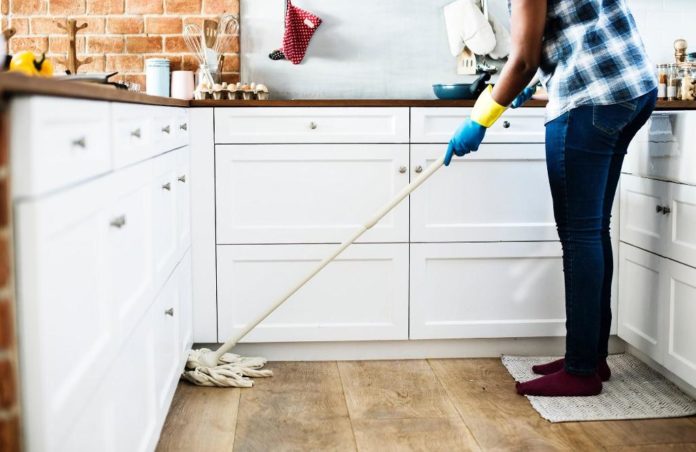Keeping the home shipshape is one of the most demanding yet satisfying responsibilities of a homeowner. But while common maintenance tasks are routine, often only requiring muscle memory, seasonal maintenance tasks require a more specialized knowledge both of your own home and the basic science of seasonal change.
Every day, your home goes through the normal process of aging, which results from the ordinary adjustments that happen due to constant temperature shifts, changing weather conditions, and normal wear and tear. This makes seasonal home maintenance crucial. Your home needs to be conditioned properly to make the temporal change less physically demanding.
Fortunately, even though these maintenance tasks may be less familiar, they are easy to accomplish. In fact, there are plenty of easy home maintenance tips you can follow to prepare your home this fall season. These tips apply to everyone, whether you’re a first-time or longtime homeowner. Read on, and learn on the fly.
Clean Your Gutters and Downspouts of Debris
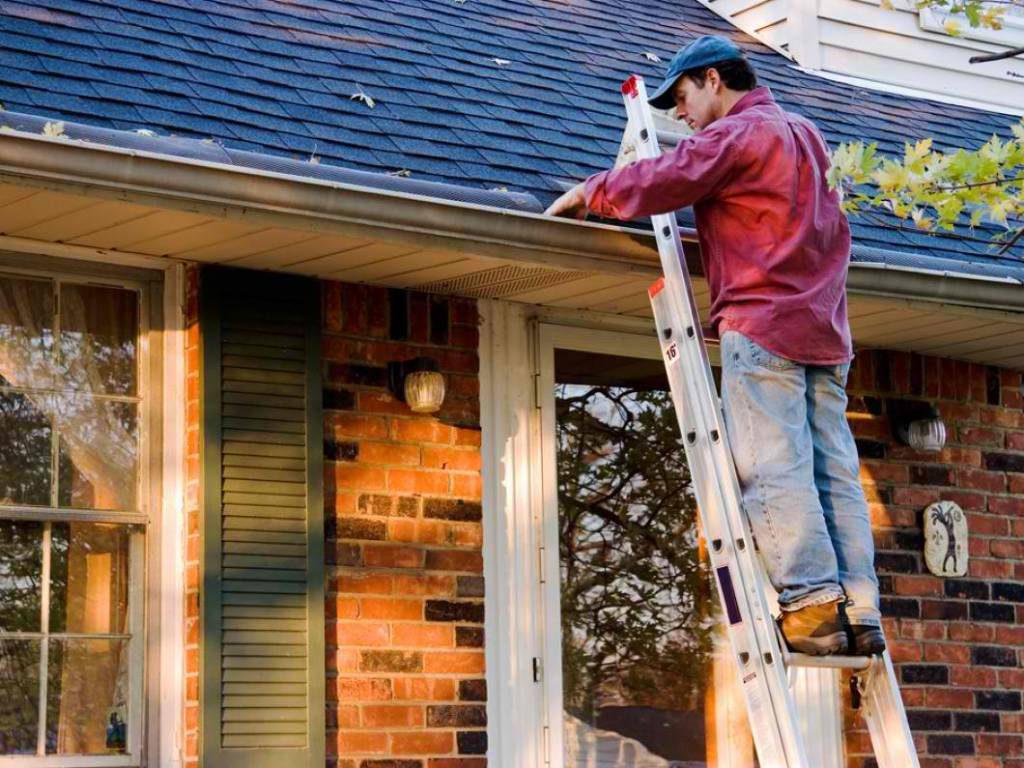
It’s easy to overlook your roof, gutter, or downspouts when cleaning your home. This is because people attend to clutter they normally see. But these nooks are hidden and are thus easily put out of mind. The thing is, damage in these areas are costly to repair.
To mitigate expensive gutter repairs, it’s important that you take out leaves, pine needles, and any form of dirt stuck in your gutters and downspouts. Clogging can encourage water to pool as well, which can expand under winter temperatures and permanently break your pipings. Aside from these, check the flashing around the chimney as well, and inspect for any signs of breakage or leakage on your roofing.
Winterize Your Plumbing
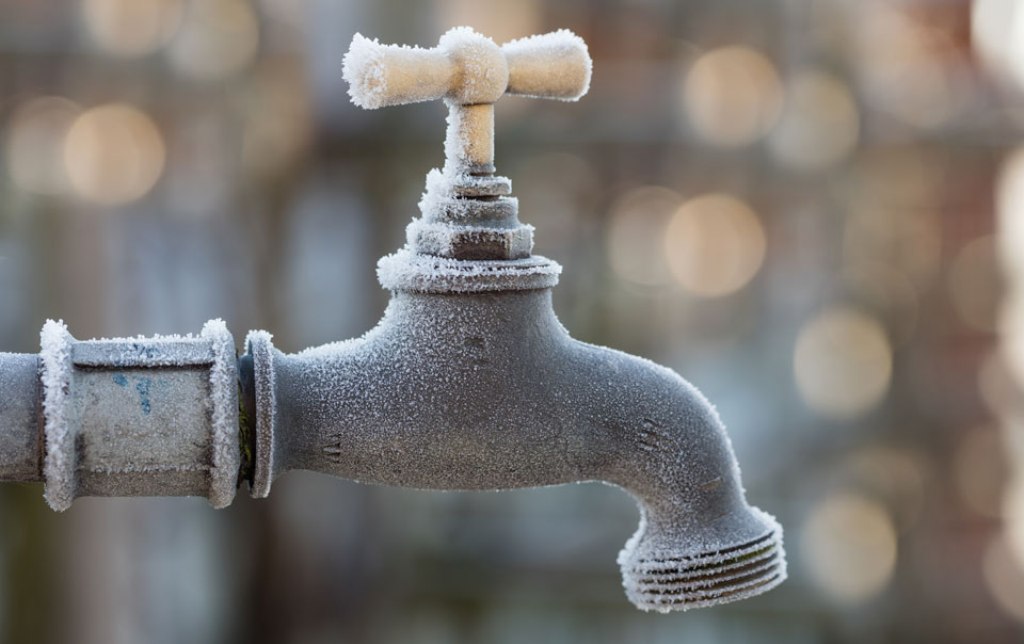
Like your gutters and roofing setups, your inner plumbing network also needs close inspection. Check your faucets, bathroom, and utility pipes for leaks. There’s nothing more annoying than fixing a broken pipe that’s frozen.
Shut off water to exterior faucets, and drain the hoses to store them inside the house. You can also invest in winterizing tools such as heavy-duty macerator pumps to prevent solid material buildup in your pipes.
Rake Out Leaves
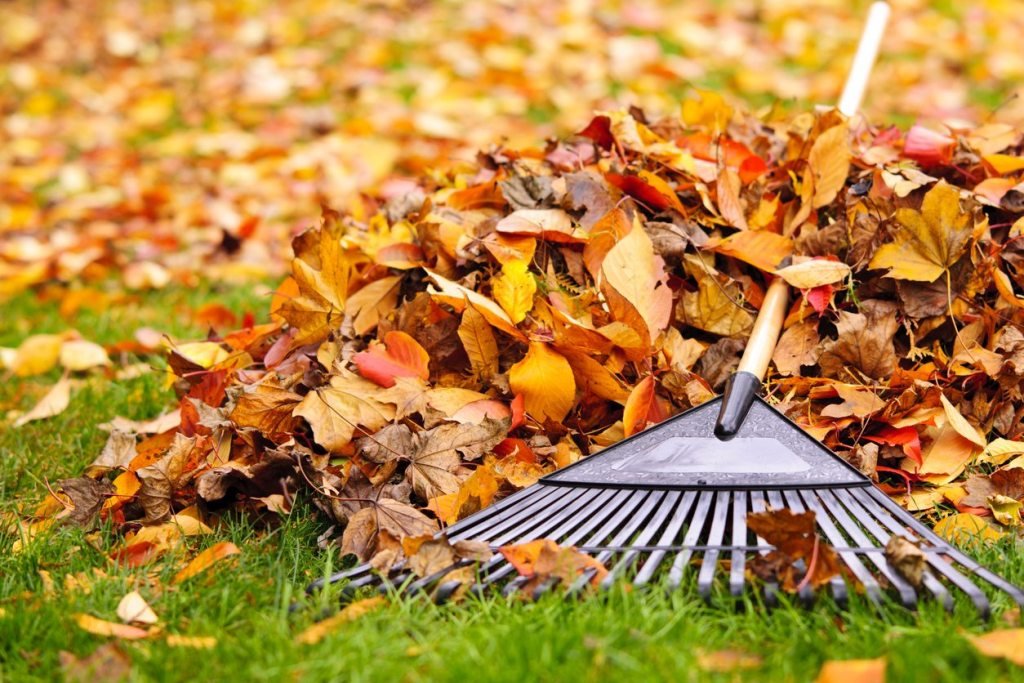
The goal of your home maintenance routine is not only to mitigate potential damage from the oncoming winter but also to prepare it for spring. A common way homeowners do this is to make sure leaves on the lawn grow back easily after the snow thaws.
Rake the leaves out, no matter the urge to keep them on the ground simply because they look photogenic. Leaves that blanket the ground in thick layers can smother the grass underneath and inhibit easy growth in spring.
Keep Your Home Mold-Free
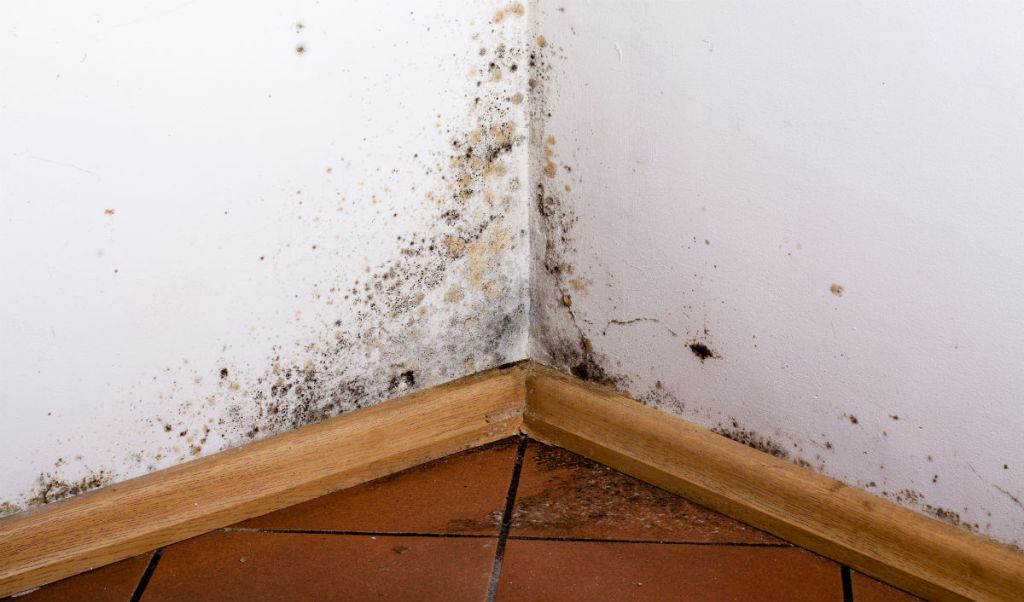
Molds are nasty agents for allergies. Wheezing, sneezing, and runny nose are common signs that your home may be infested with molds. At their worst, molds can expose you to respiratory risks that can be fatal.
To keep your loved ones protected from mold exposure, make your home mold-free by keeping your home humidity in control. Molds thrive in humid places where they seek moisture to grow. It’s ideal to keep your home humidity level below 40 percent.
To detect molds, pay close attention to places in the house that are often wet, such as the sink or the bathroom, and clean or vacuum regularly. If you suspect that a specific part of your home is infested, there are mold detection kits in the market you can use to test for spore presence in the air. Discourage growth in these areas by placing rugs instead of wall-to-wall carpeting or using a dehumidifier.
Insulate Your Windows
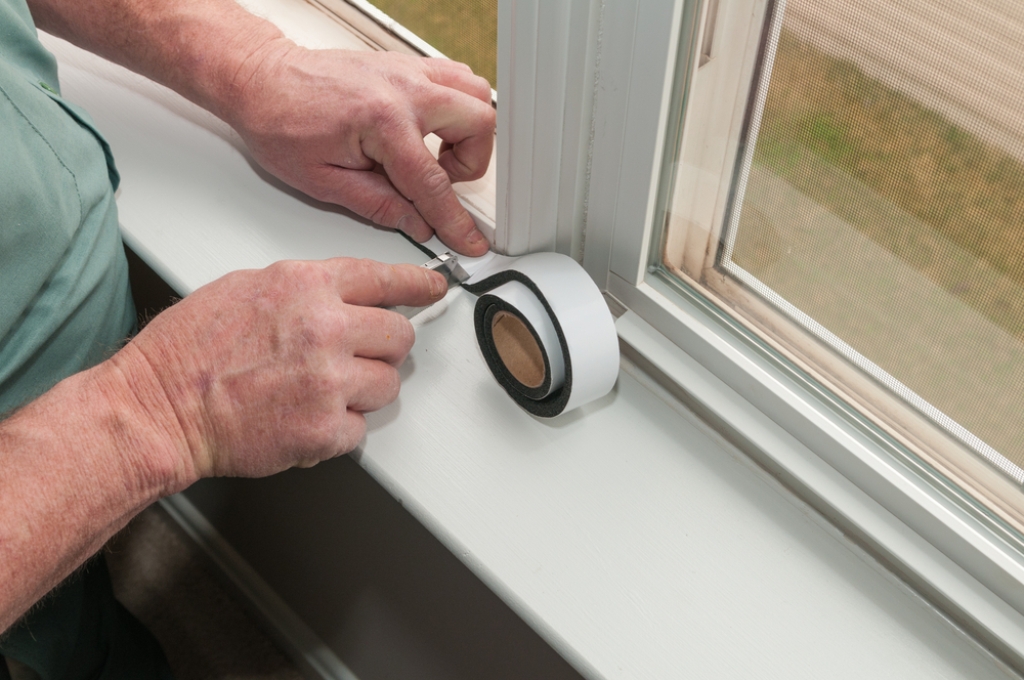
Nothing beats the cozy feeling of a warm home during chilling winter temperatures. Don’t let a simple misstep ruin a good winter staycation. Keep your home well insulated.
As part of your fall maintenance routine, see to it that any crack or crevice is found and fixed so your internal heating environment is kept at the optimal. This way, you save money unnecessarily spent on wasted energy and prevent critters seeking warm places from entering your home.
Final Word
Winter is a lovely season to welcome if you’re adequately prepared. Otherwise, it’s an annoying and expensive headache. Employ these simple tips to make sure your home is built and suited to last not just this winter but the many more to come.

